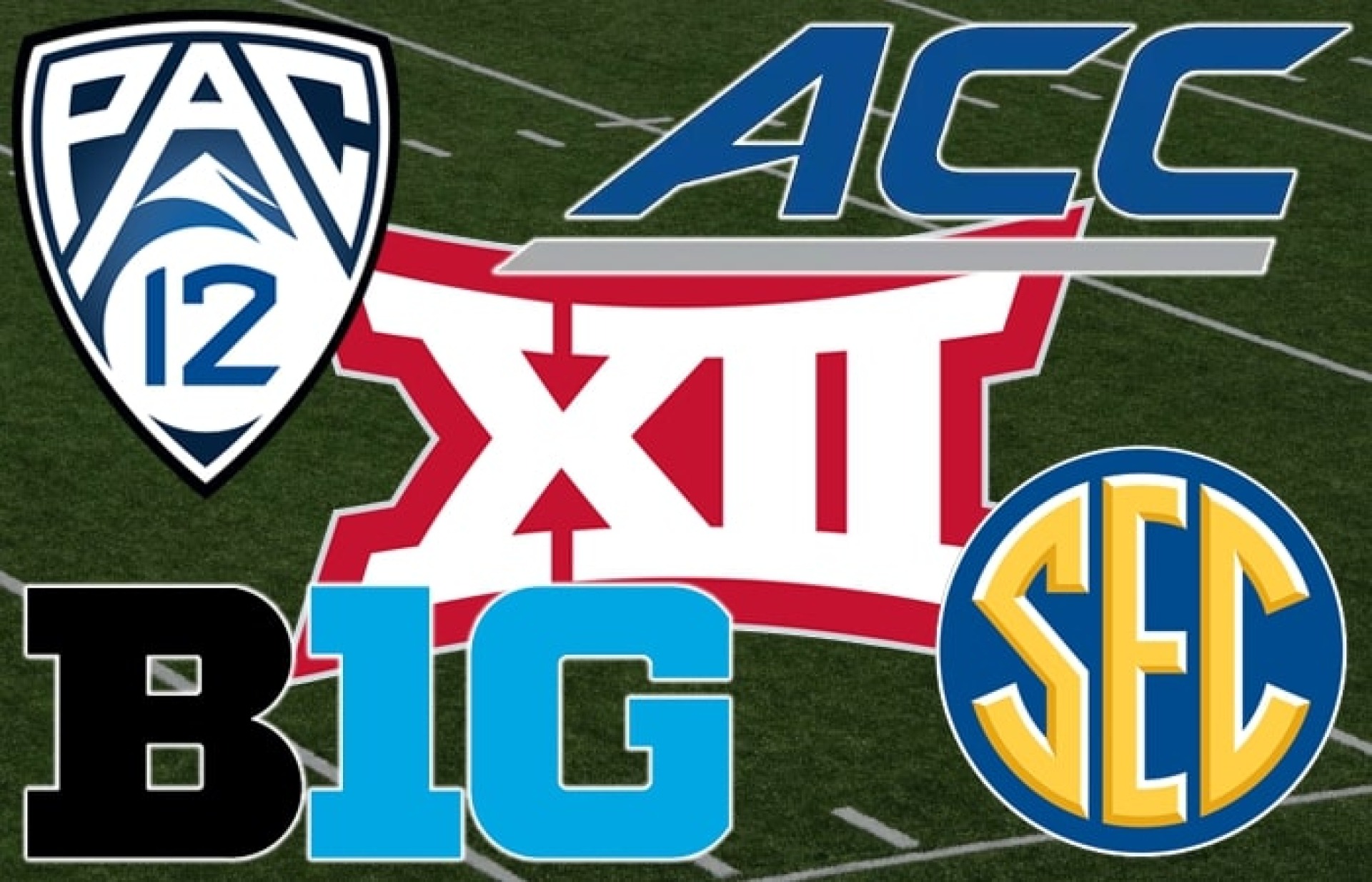
By William Qualkinbush
In or out?
I didn’t feel this way in 2011.
That was the last time realignment in college athletics threatened to take Clemson out of the Atlantic Coast Conference. It was my first summer working for The Roar (then, it was 104.9 FM, for anyone desperately in need of some nostalgia) and the offseason conversation was dominated by rumors of expansion.
Clemson was speculated to be high on the list for the Big 12 as its membership continued to fluctuate. Other ACC schools like Florida State were also mentioned as possible partners for an expanded Big 12. We met the Dude from WV and Chip Brown from Orangebloods and hung on every note passed along.
I didn’t get it. At that point, Clemson was a second-tier football program in a league that felt behind the Big 12 in terms of competitiveness and prestige, but not enough to sacrifice longstanding relationships and geography.
The Big 12 ended up adding West Virginia and TCU, and the ACC remained largely intact aside from Maryland’s defection. In fact, the league added high-quality pieces from the Big East, then poached Notre Dame as an “all-but-football” partner. Things appeared to be looking up for the league, especially with a new network on the horizon.
In 2012, the ACC reported a payout of just under $17 million per school through its media contracts. That was behind the Big Ten and the SEC, but only by a few million.
Then the SEC started its own network. The Big Ten renegotiated multiple deals. With Texas, Oklahoma, USC, and UCLA joining the two competing Death Stars, both conferences expanded to 16 teams at the precipice of renegotiating brand new contracts that could reach a billion dollars and pay out nine figures per program.
The ACC Network took seven years to debut. In August of 2019, the SEC Network had been operating for five years, the Big Ten Network for 13 years. New revenue streams were fully formed where the ACC was attempting to start from scratch.
Since that summer when it didn’t make sense for Clemson to leave security and history and geography behind for allegedly greener pastures, the new-look Big Ten is projected to pay out $100 million per school, with the SEC not too far behind.
The ACC, locked into a long-term deal designed for security but not upward mobility, might reach $40 million per school in the current climate. College football’s twin towers went from a 50% revenue advantage over the ACC to raking in 2.5 times what Clemson and its league brethren.
In baseball terms, the Big Ten and the SEC are the Dodgers and the Mets, while the ACC is the Royals. (This is a pretty accurate representation given the payrolls of the teams.)
Sacrificing $8 million isn’t insurmountable, especially if you’re a program like Clemson that already has its ducks in a row. Dabo Swinney has been overcoming that gap in revenue in creative ways for years.
Now move that disparity to $60 million per year. That’s $300 million over a five-year period that every single school in the two behemoth conferences will have to spend, and Clemson won’t.
This goes way beyond football to the viability of the entire athletic department. Good luck keeping a successful head coach in a non-revenue sport. Good luck keeping any assistant coaches. Good luck hiring support staffers that are also in demand in other leagues. Good luck keeping up in the NIL and supplemental income wars with Big Ten and SEC institutions that can outbid any other suitor on the recruiting trail without batting an eye.
The landscape has changed. There are two power leagues now, not five. The other three former powers are on life support, just trying to survive until they eventually drown due to the competitive imbalance fostered by dumping loads of cash on a relatively small elite class of athletic departments.
Once the new additions join their respective leagues—USC and UCLA will be in the Big Ten in 2024, while the SEC will officially welcome Texas and Oklahoma in 2025, if not sooner—the clock starts. How long will it be before the cumulative weight of these massive payouts forces the ACC, Big 12, and Pac-12 into a second tier? I have no clue, but it’s inevitable that it will happen at some point.
At least the Big 12 and Pac-12 have some options to postpone the inevitable. There is already talk of a merger between them, which would at least be a nice effort. That only works if no one else in either league sees the writing on the wall and leaves to be part of the Power 2, and if the Pac-12 is able to make its fledgling media attempt significantly more viable by adding the remnants of the Big 12.
The ACC has no way out, however. Notre Dame has said it doesn’t mind losing revenue to remain independent, and the ACC can’t throw it enough money to come off of that position. The Big Ten might be able to, and that would be the nail in the coffin for the league.
Simply going to 16 teams isn’t a solution, because getting to a number of teams (unlike other realignments in decades past) isn’t the point. A 16-team ACC, especially one that doesn’t include Notre Dame, isn’t generating enough new revenue to increase per-school payouts. Instead, it would be like dividing up a similarly-sized pie into smaller pieces, and no one is signing up for that.
Maybe the ACC will adjust its revenue distribution model. Maybe it’ll add schools to appear equal. Maybe something else will magically appear to level the scales. These all seem farfetched, and even if they work out in the near term, the long term question of how to handle a growing disparity remains.
Let’s put our cards on the table. Notre Dame isn’t coming. The TV contract is what it is. The grant-of-rights is a major hurdle for teams leaving, but that’s why lawyers exist.
In this new order of college football, only one thing matters: Are you in or out?
Loyalty doesn’t matter. Rivalries don’t matter. Tradition, history, pageantry…none of them matter.
Those values that have endeared college football to us have been replaced by a love of money, a Gordon Gecko greed that has led self-interested institutions to forsake the ideal for the material. ESPN and FOX rule the roost now, two media companies that couldn’t care less how the average fan feels about nostalgia being bulldozed in favor of profit margins.
If Clemson wants to be in under these conditions, it can’t be in the ACC. The ACC is out and will remain out. Only the Big Ten and the SEC are in now.
Clemson will ultimately be in as long as it remains a playoff contender. It may take years because of the iron-clad nature of the agreement that the ACC schools signed with one another, but it’ll happen because ESPN can’t afford to let Clemson sit in a lesser league under its purview, or worse, escape to the Big Ten as another national power under their umbrella.
Many of you likely prefer to stay in the ACC, even given the consequences. I get it. These are sad times for anyone who grew up with a genuine affection for college football. I’m someone who idealized fall Saturdays to the point that they led me to this career.
That vision of innocence is no more. We can’t pretend any longer. The game is changing, and Clemson has a decision to make. If it wants to win championships, in any sport, ever again, it has a choice to make.
Are you in, or are you out?






